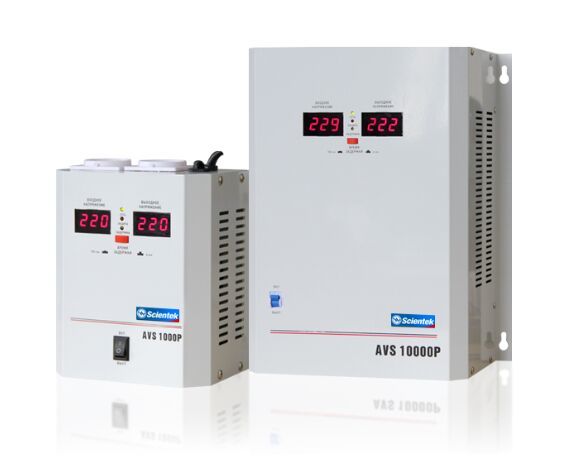When the input voltage exceeds the highest input voltage of the existing LDO, a "pre-regulator" can be added to the input of LD0 to meet the high-voltage input conditions. A circuit that uses a pre-regulator to increase the input voltage of the LDO.
The pre-regulator is a coarse-regulated regulator, and the latter LDO is a fine-regulated regulator, and the two form a composite regulator. Its function is to reduce the external input voltage to below +26V, making it lower than the maximum input voltage value. This circuit does not have high requirements for the accuracy index of the pre-regulator and the index of the load transient response, because these indexes can be realized by the latter LDO.

It should be noted that the compound regulator also has a limit on the minimum input voltage, and its output voltage must be lower than the minimum input voltage in order to work normally.
In order to obtain a large current output, two or more LDOs can be connected in parallel to form a compound regulator. The characteristic of this method is that the total output power is equally distributed to each LDO and the output characteristics of the LDO can be maintained. Under the same total output power, using two LDOs with one heat sink can increase the heat dissipation efficiency by approximately 33% compared to using one LDO with the same heat sink.
In order to make two LDOs work in parallel, a simple and effective method is to use current sense resistors and operational amplifiers to monitor the current through each LDO and keep it in balance.
In fact, as long as each auxiliary voltage regulator is equipped with a current detection resistor and operational amplifier, the parallel expansion application of any number of voltage regulators can be realized. It should be pointed out that the output of the adjustable main regulator LDO1 is set to +3.3V fixed voltage, but it is not recommended to use a fixed output LDO as the main regulator. Because the latter does not have an ADJ terminal dedicated to detecting the load voltage, and the output voltage will decrease when the current through the current detecting resistor increases.
LDO circuit design that can be adjusted from 0V
The adjustable linear stabilized power supply used in some laboratories or the precision stabilized power supply for calibration requires that the output voltage must be continuously adjustable from 0V. However, the adjustable range of an adjustable LDO can only be from its reference voltage UREF to the highest output voltage, which is generally about 1.2V.
The circuit design of constant current source formed by LD0
LDO or VLDO can also be used to form a constant current source with high stability and high efficiency, which is suitable for constant current charging of batteries.

A constant current source composed of a fixed output LDO. When the load changes, the LDO maintains the IH by changing the voltage drop of the regulator tube. A fixed resistor R is connected between the Uo terminal and GND, and the load is connected between GND and ground. The principle of constant current is as follows: Because the output voltage U0 of the LDO is stable, the current through R (that is, the current through the external load RL) IH also remains unchanged.
The constant current source is composed of an ultra-low dropout linear regulator controller. The ultra-low dropout linear regulator controller does not contain a regulator tube but forms an LDO by driving an external PNP regulator tube or N-channel MOSFET. This is the combination of them and LDO The important difference. Therefore, it has unique linearized current limiting characteristics.